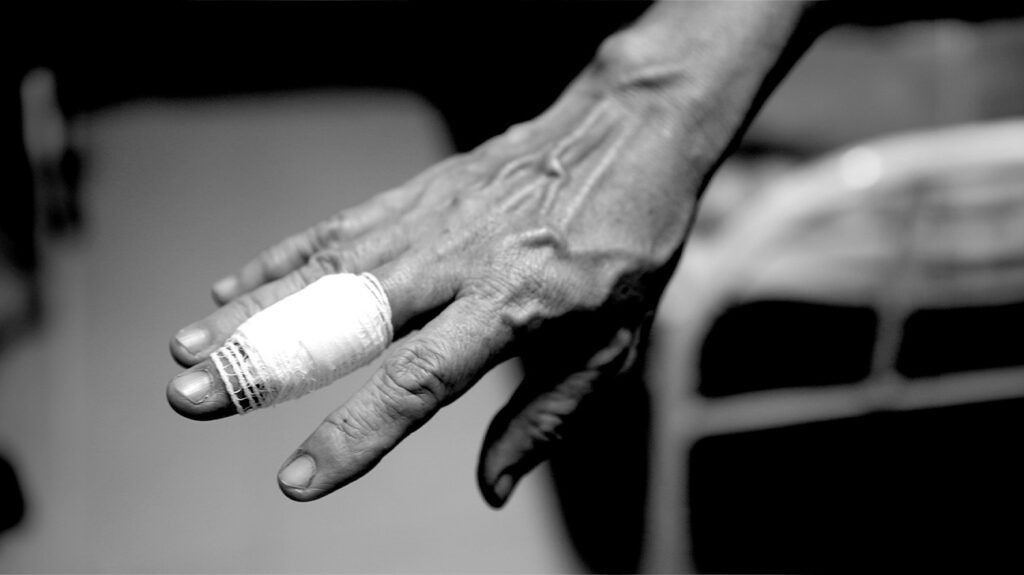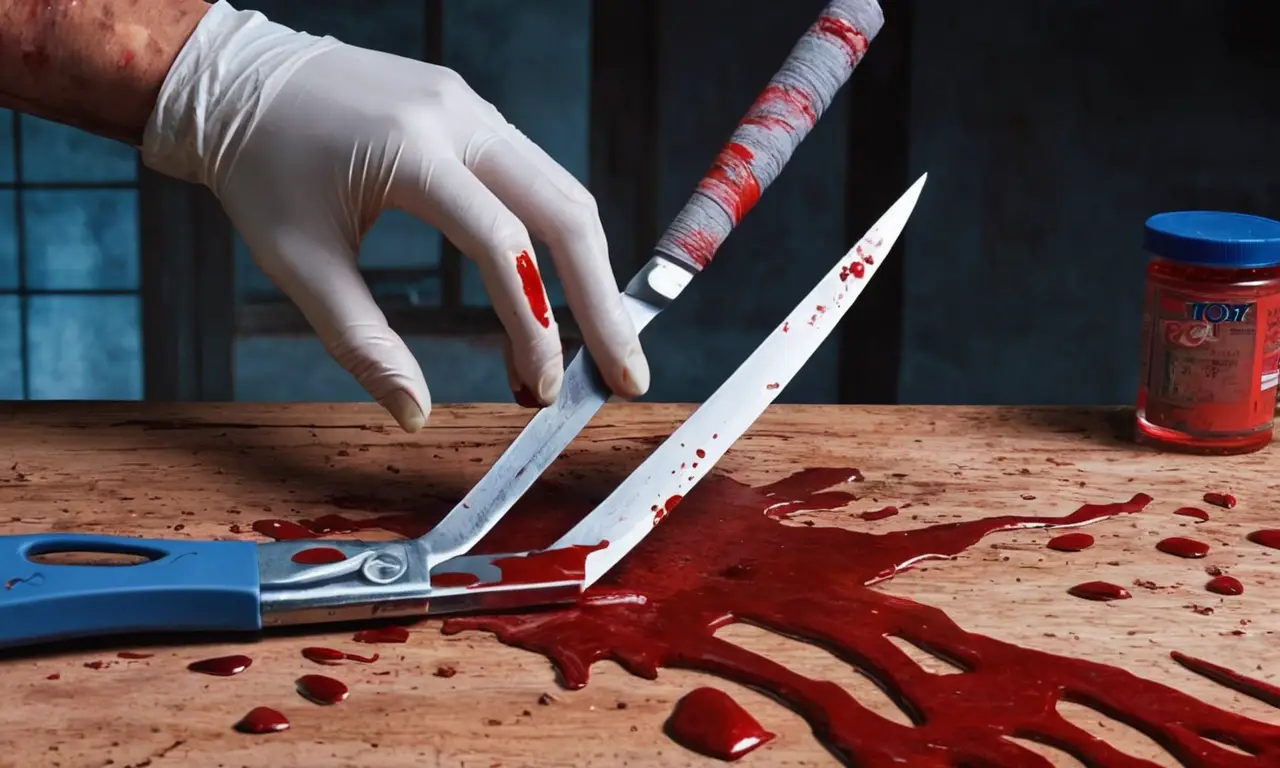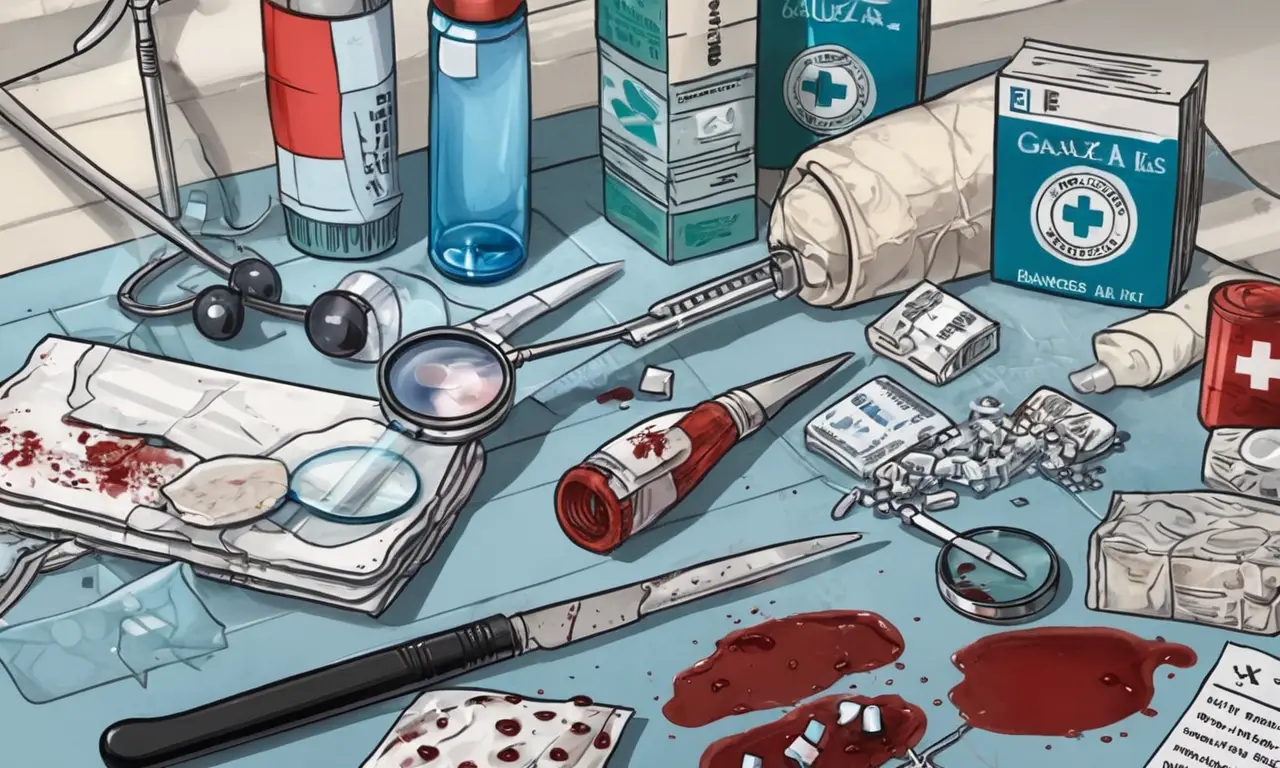
Experiencing random cuts on your fingers can be unsettling and leave you wondering about the cause. These unexpected injuries often stem from minor accidents, everyday activities, or underlying medical conditions. If you’re noticing frequent or unexplained cuts on your hands, it’s crucial to consult a doctor to rule out any potential health issues and receive appropriate treatment.
This article will delve into the various causes of finger cuts, explore common activities that can lead to these injuries, and provide guidance on when to seek medical attention. We’ll also discuss potential medical conditions associated with frequent finger cuts and outline effective treatment options.
Finger Cuts Causes
Finger cuts are typically caused by sharp objects or edges coming into contact with the skin. These objects can range from knives and scissors to broken glass, splinters, or even rough surfaces. The severity of a cut depends on the sharpness of the object, the force applied, and the location of the injury.
Cuts can also occur due to repetitive motions or friction, particularly in individuals who engage in activities that involve repeated hand use, such as typing, playing musical instruments, or using tools. These actions can lead to small, superficial cuts that may not be immediately noticeable but can accumulate over time.
Common Activities Leading to Finger Injuries

Many everyday activities carry a risk of finger cuts. Some common culprits include:
- Cooking and Food Preparation: Handling sharp knives, cutting boards, and utensils can increase the likelihood of accidental cuts.
- Gardening: Working with tools like shears, trowels, and pruning saws poses a risk of finger injuries.
- DIY Projects: Activities involving hammers, saws, drills, and other power tools require caution to prevent cuts.
- Sports and Recreation: Contact sports, such as football or hockey, can result in finger lacerations from tackles or collisions with equipment.
Recognizing When to See a Doctor for Finger Cuts
While minor finger cuts often heal on their own with proper care, certain situations warrant medical attention:
- Deep Cuts: If the cut is deep enough to expose bone, tendons, or muscle tissue, seek immediate medical care.
- Heavy Bleeding: Persistent bleeding that doesn’t stop after applying direct pressure for 10 minutes requires medical intervention.
- Signs of Infection: Watch for redness, swelling, warmth, pus, or fever around the cut, as these may indicate an infection.
- Nerve Damage: If you experience numbness, tingling, or weakness in your fingers after a cut, consult a doctor to rule out nerve damage.
Medical Conditions Associated with Frequent Finger Cuts

In some cases, frequent finger cuts can be a symptom of underlying medical conditions:
Peripheral Neuropathy
This condition involves damage to the peripheral nerves, which can lead to numbness, tingling, and loss of sensation in the hands and feet. Individuals with peripheral neuropathy may be more prone to accidental cuts due to reduced awareness of their surroundings.
Ehlers-Danlos Syndrome
This group of inherited disorders affects connective tissues, making them fragile and prone to tearing. People with Ehlers-Danlos syndrome may experience frequent finger cuts and other injuries due to the weakness of their skin and blood vessels.
Treatment Options for Finger Cuts
Treatment for finger cuts depends on the severity of the injury:
- Minor Cuts: Clean the wound thoroughly with soap and water, apply antibiotic ointment, and cover it with a sterile bandage.
- Deep Cuts: Seek immediate medical attention for deep cuts that require stitches or other surgical procedures to close the wound properly.
- Infected Cuts: If signs of infection develop, consult a doctor who may prescribe antibiotics to treat the infection.
Conclusion
Finger cuts are common injuries that can range from minor inconveniences to serious medical concerns. Understanding the causes, recognizing when to seek medical attention, and following proper treatment guidelines can help ensure prompt healing and prevent complications. If you experience frequent or unexplained finger cuts, consult a doctor to rule out any underlying medical conditions.
